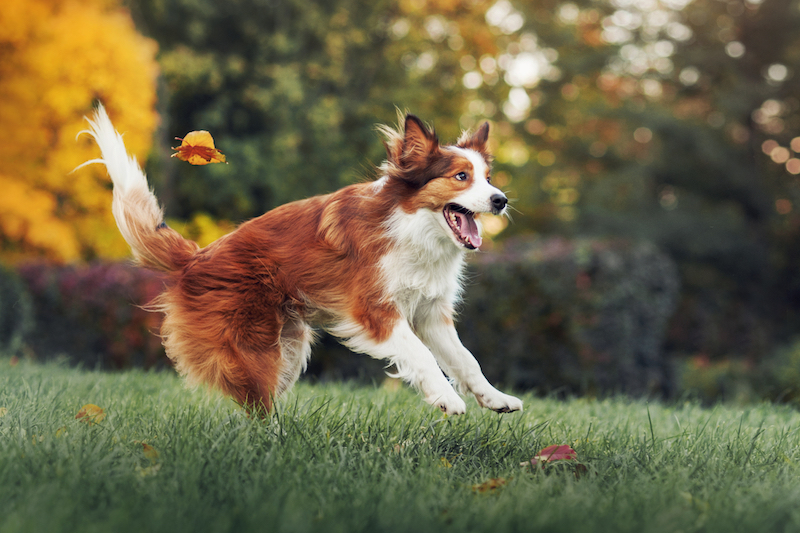We have all seen those enviable photos some people have of their pets…the great shots that seem to have come right out of a magazine. Great photography like anything else, either takes time to master, great luck, being at the right place at the right time, or all of the above; however, there are a few tips that can help even the most novice photographer improve their chances of taking great photos of their pet.
You Don’t Need High End Photography Equipment: Whether you just have the camera on your phone, a basic point-and-shoot camera, or the latest full-frame digital SLR with a high end lenses, with proper preparation and plenty of patience you’ll be able to take good photographs of your pet—sure, they you may not have dozens of good shots, but having that one great shot will provide great satisfaction, and a wonderful keepsake of your beloved pet. So don’t worry about equipment, and instead, learn how to use it properly, by studying owner’s manuals, as well as online photography tips for your specific camera.
Candid Photos & Action Shots: These are some of the most interesting images of your pet that you can capture. Candid and action shots are the most demanding as far as photography skills, as well as patience because in order to capture a good photo, you will have to take dozens if not hundreds of photographs, in order to capture a few moments which are framed well, and capture a delightful moment as your pet frolics and runs around. So don’t sit around and wait for the perfect moment, take pictures whenever you can and you’ll start capturing wonderful moments of action and candid shots.
Portraits: If you are looking to get a close-up, portrait style shot of your pet, get them familiar with your camera first, so that when you are trying to take photos from a close range they are not distracted by the camera; let them get all their curiosity out ahead of the photo session. It is also helpful if you get your pet, especially if it’s a dog, tired ahead of the photo session, so she’ll be less likely to fidget and want to run around. To help make the sitting still part easier, pack some treats, and let your pet know that you have them by giving them a few pieces; by doing so, they are more likely to stay still (waiting for more treats).
Turn off the Flash & Use Natural Light: Whether you are inside or outside, it is best to turn off the flash on your camera. Using a flash properly requires training and knowhow, and most amateur photographers will not be able to property use a flash to get desirable results. Instead, use natural light, but avoid direct sunlight as you might get overexposed (washed out) pictures. The best time for photography with natural light is early in the morning and late in the afternoon. There are specific times during the day (early morning and late afternoon) which are called the golden hour; there are a variety of smartphone apps (free and paid) which can tell you the golden hour for your exact location, so use one such app to pick the perfect time to do pet photography.
Get Dirty: If you really want to get a great shot, whether action or portrait, it is important to get down to eye level with the dog (so you may have to lie on your stomach if you have a tiny dog). This way you are not taking photographs looking down at them. This will improve the quality of the shots you will be able to get and will make the photos look natural.
Focus on the Eyes: Try and focus on the eyes when you can, because if you take a great picture and the eyes of your pet are out of focus, the picture will only have a tiny fraction of the charm it would have had otherwise. This can be tough to do with a phone camera or point and shoot, but keep this rule in mind, and do your best.
Don’t get discouraged if you are not able to get a perfect shot during every photo session; remember, perseverance and patience is the most important element in successful pet photography (or any photography for that matter).

